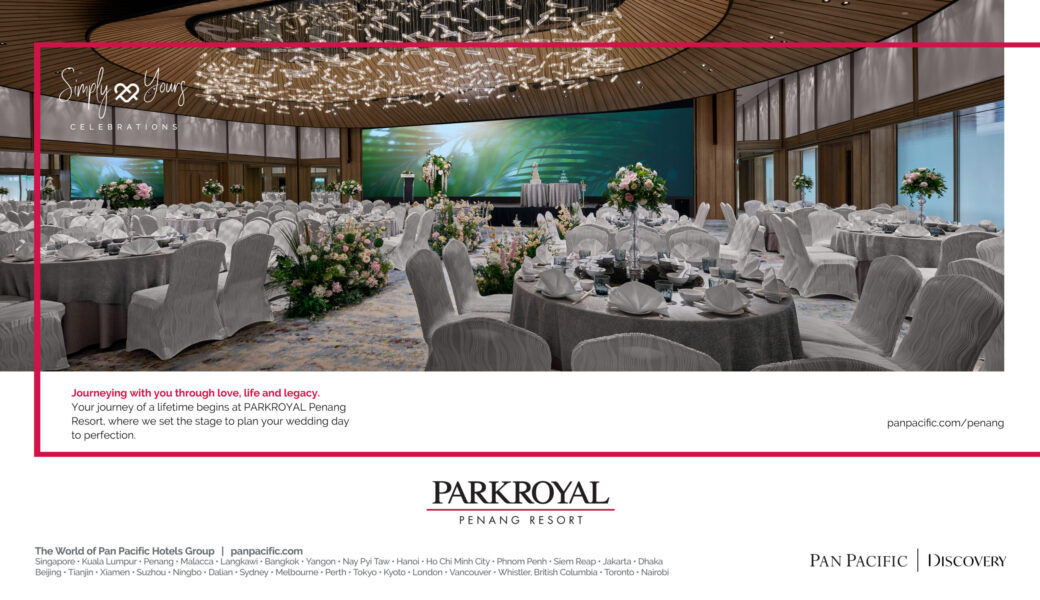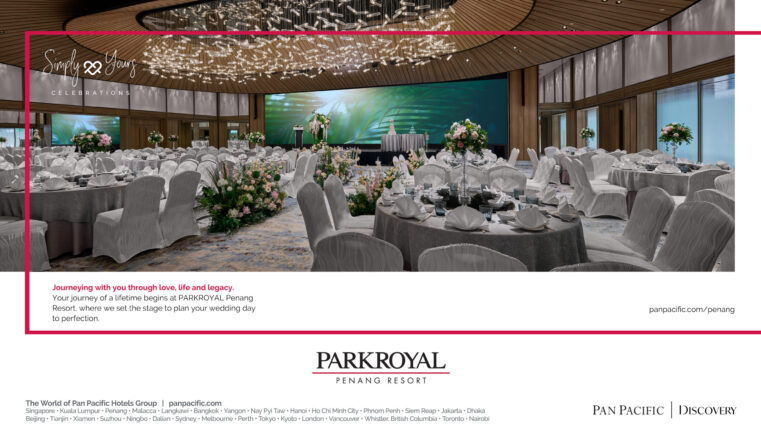I wonder how many of you perform a thorough research on diamonds before shopping for that engagement ring.
Beyond 4Cs
If you are keen but don’t know where to start, I would recommend beyond4cs.com for very extensive yet easy to understand insights to buying diamonds. Here’s my abstract of some of the useful info and tips you can find on this website, written by Paul Gian (avid gem collector, GIA’s Diamonds Diploma graduate, gemology enthusiast). Click on the link for more detailed descriptions from the original site.
Grading Report
When you are shopping for a piece of diamond jewelry, a grading report is an important document which not only provides you with a scientific blueprint of the diamond’s properties and characteristics, it also attests to the diamond’s authenticity. Paul’s advice is to purchase diamonds that are graded by a reliable gemological lab, namely GIA and AGS. Other labs had been known to be lax in their grading.
GIA, the Gemological Institute of America, is the leading gemological laboratory in the world with high grading standards and consistency. Here’s an example of a GIA report.
4Cs – Cut, Clarity, Color and Carat
The 4 main characteristics to look for when you are searching for a diamond are the 4Cs; Cut, Clarity, Color and Carat. Using the GIA system grading as an example:
Cut refers to a combined aspect of a diamond’s proportions and finishing (symmetry/polish) which can be classified into grades: Excellent, Very Good, Good, Fair, and Poor. Paul considers Cut as the most important factor among the 4Cs as it determines the brilliance and beauty of the diamond. It is recommended that you always place your emphasis on getting the best cut possible.
Carat weight – One carat is equal to 200 milligrams of diamond or 100 points. It corresponds directly to the price of the diamond. It is also a well-known fact that most people would prefer larger looking diamonds. If budget permits, going for a bigger stone without sacrificing cut is usually a good idea according to the website. Sometimes a well-cut stone with a smaller carat weight can be a much better purchase than a larger one because it will be visibly larger and more attractive than the one that is cut badly.
Color – White (colorless) diamonds are generally more valuable and commonly used in jewelry as they have better reflective qualities. GIA grades it from D (colorless) to Z (light brown or yellow). As long as it faces up white, a color grade from D to G is fine.
Clarity – The lesser amount of blemishes (external flaws like scratches and chips) and inclusions (internal flaws like pinpoints and crystals) a gemstone has, the higher the clarity grade. GIA grades Clarity as follows (using 10× magnification):
– FL (Flawless) – No inclusions or visible blemishes
– IF (Internally Flawless) (IF) – No inclusions. Minute blemishes
– VVS1 & VVS2 (Very, Very Slightly Included) – Inclusions are extremely hard to be detected
– VS1 & VS2 (Very Slightly Included) – Inclusions are fairly hard to be detected
– SI1 & SI2 (Slightly Included) – Inclusions are easily noticeable
– I1, I2, and I3 (Included) – Inclusions are very obvious
As long as the diamond is eye-clean, it didn’t really matter if the clarity was a VS2 or a VVS1.
Other Tools
This website provides a “Step by step guide to choosing a diamond” which goes beyond the 4 Cs. Viewed under strong lighting in a jewelry store, even diamonds with the worst cut quality can be made to sparkle. The grading report alone Does Not tell you the full story of a diamond’s physical beauty without doing some further analysis. For instance while the GIA grading system can provide a fairly good assessment of the diamond’s brilliance, GIA also allows a wide range of proportions to exist within their triple excellent Cut ratings. To help you decide which diamond has better performance, you can
Use the Holloway Cut Advisor (HCA) as a Weeding Tool
This program enabled the layman to key in variables found in the grading report and makes an instant prediction on the diamond’s visual appeal and performance. Here’s an Online HCA. A diamond with a score of less than 2.0 passes the first test and warrants a closer examination. Remember, the Holloway Cut Advisor is a “rejection” tool and not meant to be used a “selection” tool. HCA Scores: 0-2 Excellent | 2-4 Very Good | 4-6 Good | 6-8 Fair | 8-10 Poor
Idealscope
Use simple tool called the Idealscope which allows you to determine a diamond’s optics in an objective manner (for round brilliants). It is easier to analyse and understand an idealscope image and figure out what to look out for. Red is desirable and indicates light return while diamonds with too much white areas indicates problems with light leakage. It costs about RM150.
ASET Image
Obtain an ASET image. This will help you determine the optical characteristics and performance of the diamond (for fancy shape diamonds). You can find more details about ASET scope and determining optics of fancy shape diamond here.
 |
| The ASET and Idealscope pictures indicate a stone with supreme optical performance. With the correct amounts of reds (brilliance) and blacks (contrast), it is the pinnacle of a bright and scintillating diamond. |
Hearts and Arrows Viewer
Inspect the Stone With a Hearts And Arrows (H&A) Viewer. When viewed from the top (crown), an ideally cut diamond should reveal eight symmetrical arrows. On the other hand, when the diamond was viewed from the bottom (pavilion), it should reveal eight symmetrical hearts. Due to the extreme level of cutting precision required for symmetrical patterning, Hearts and Arrows diamonds are sometimes called “super ideals” with superior light performance, material quality and precise optical symmetry.
 |
| G color VS2 1.085 carat ACA super ideal hearts and arrows diamond |
Magnified Image or Video
For online shoppers, having a magnified image or video to help you visualize the stone’s appearance is a MUST. You can make a request from Online jewelers like Whiteflash, James Allen and BrianGavinDiamonds for an ASET/ Idealscope image and other data for free.
In-depth Analysis
On paper, two very similar looking diamonds that are graded as having an excellent cut by GIA can have very different optical performances. Without the HCA and additional light performance data, you would practically be shopping in the dark. While the diamond on the right (1.01 carat F VVS2) is still a decent rock, Paul would not recommend it when given a choice between these 2 options. This is because its light performance is lacking a little (evident by pale ring under the table facet which indicates light loss) and doesn’t face nearly as bright as the one on the left.”
 |
| (On Left) Idealscope Images: Round 1.01 Excellent – F – VVS1 vs. (On Right) Round 1.02 Excellent – F – VVS2 |
 |
| Anatomy of a diamond |
The website also explains additional grading information such as depth and table %, girdle thickness, fluorescence, polish and symmetry and what to look out for. There are many useful articles; A Critical Look at Carat Sizes and Their Prices, Checklist to Help you Choose a Diamond, Where is the Best Place to Buy an Engagement Ring, Diamond Prices – The Shopper’s Guide to Determining Value, among others. Just do a Keywords Search on the top right corner of the website for the topic you want to read about.
Shopping Online
When it comes to buying diamonds, the trickiest part to making educated decisions is the ability to evaluate the diamond prior to a purchase. Therefore Paul thinks that shopping online is actually safer and cheaper than buying a diamond in a local store based on his experience, research and pure facts.
- You get to see indepth and objective information about the diamond. Online vendors like JamesAllen.com offers you the ability to interact with diamonds in far greater details than you would in a brick and mortar store – with features like videos/gemological inspections/after-sales policies/fully insured free shipping to help you make better purchases.
- No questions asked money back guarantee. In contrast, most local stores would only allow store credit in the event of a return. They do this to lock you in with doing business with them.
- Better selections and range of diamond inventory.
- Low prices to get a better bang of your buck. For round brilliant cuts with similar grading specifications, he found that the physical stores generally list their inventory at a 30%-80% higher pricing than online stores.
- You won’t get misled by a salesperson who wants to make a commission off a sale but has very little knowledge about diamonds. You can avoid making impulsive decisions.
Online Vendors
To get the best value out of your engagement ring purchase, Paul highly recommends online vendors like James Allen, White Flash and BrianGavinDiamonds. Not only do they offer an impeccable shopping experience, they also provide in-depth details of their listings to help you make educated decisions.














